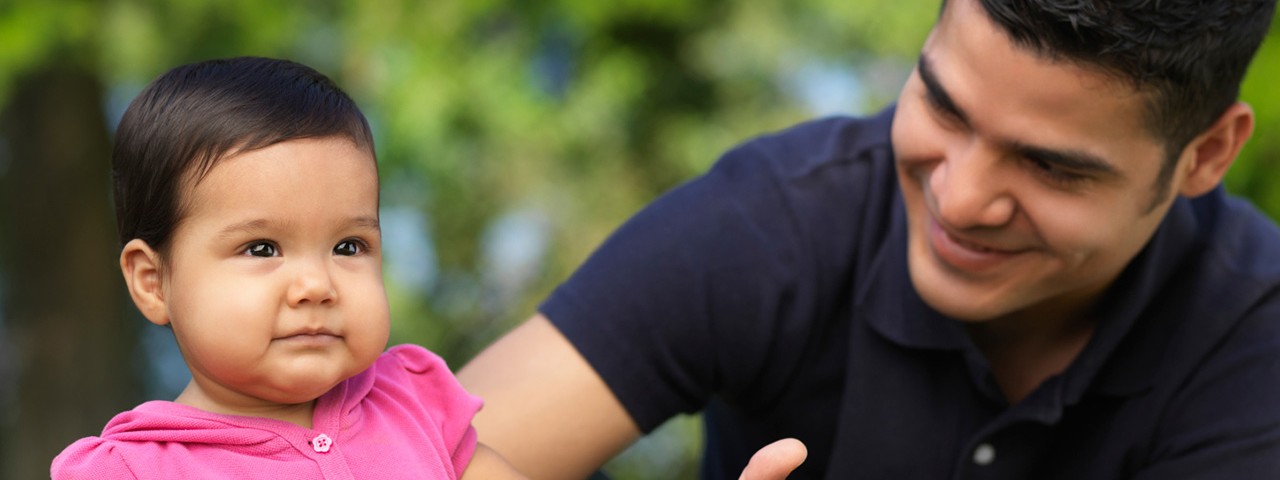The Lasting Effects of Bonding
- Tweet

Parenting paves the way for later success.
It is widely acknowledged by researchers that parental sensitivity is a crucial ingredient—perhaps the most crucial one of all—for the healthy social and emotional development of infants and young children. This consensus is not just based on popular wisdom; it’s been repeatedly confirmed by scientific evidence.
Parents who play, sing, and talk to their babies help promote positive outcomes throughout their lives. Warm interactions including eye contact, facial expressions, speech, and touch help a baby grow into a secure and well-adjusted child and adult.
Safety and security are the first steps toward optimal development.
One reason for the central role of positive early experiences is the sense of safety and security they foster in an infant. After all, babies begin life essentially helpless. They rely on their caregivers to provide for their needs. Learning that they can count on their needs being met is the first step on the way to social and emotional well-being. The sense of security that a baby develops when he understands that he is safe and protected is so important that researchers have a special word for it: attachment.
Attachment is a central concept in early childhood studies. In its common, everyday sense, the word attachment often refers to feelings of affection or an emotional bond. But for researchers, it means something a little different. It refers to specific aspects of the relationship between an infant and his caregiver.
For example, does the infant feel safe around the caregiver? And just as important, does he feel assured that the caregiver is always available to meet his needs? Attachment is highly dependent on caregivers’ behavior—responsiveness to distress, for instance, is especially important in the first year of life for promoting healthy attachment. A baby’s innate temperament and other factors are also involved.
Scientists have developed procedures to measure attachment. By observing an infant’s behavior in specially designed scenarios with his parent, they can assess his level of attachment. There are several types of attachment, but the two main categories are secure and insecure.
When a baby learns that he will be cared for no matter what, he develops a secure attachment. A baby whose parents or caregivers regularly disregard his signals is likely to develop an insecure attachment.
Infant attachment sets the stage for later development.
The quality of a baby’s attachment with his primary parent or caregiver is a good predictor of his long-term well-being. Attachment has been consistently linked with social and emotional outcomes, including:
- curiosity and sociability during the toddler years
- social development in middle childhood
- adolescent social functioning
Secure attachment is also a predictor of independence and self-reliance. It’s associated with social skills in the preschool years, positive friendships in middle childhood, and successful relationships in adulthood. By the same token, attachment difficulties are linked to a variety of negative outcomes. Early attachment problems have been linked to childhood behavioral problems as well as stress disorders and emotional problems in adolescence and adulthood.
Responsive parenting is the key to secure attachment.
Attachment is a critical process of early development. A baby is still learning about the world around her, and a secure attachment helps her deal with distressing situations, strange environments, and other perceived threats.
Warmth, sensitivity and responsiveness show a baby that her emotional signals are being received and understood. Holding or carrying her provides soothing physical contact that teaches her to trust her environment. Positive interactions during the critical first years of life help provide a child with the emotional security she needs in order to explore, learn, and reach her potential.
